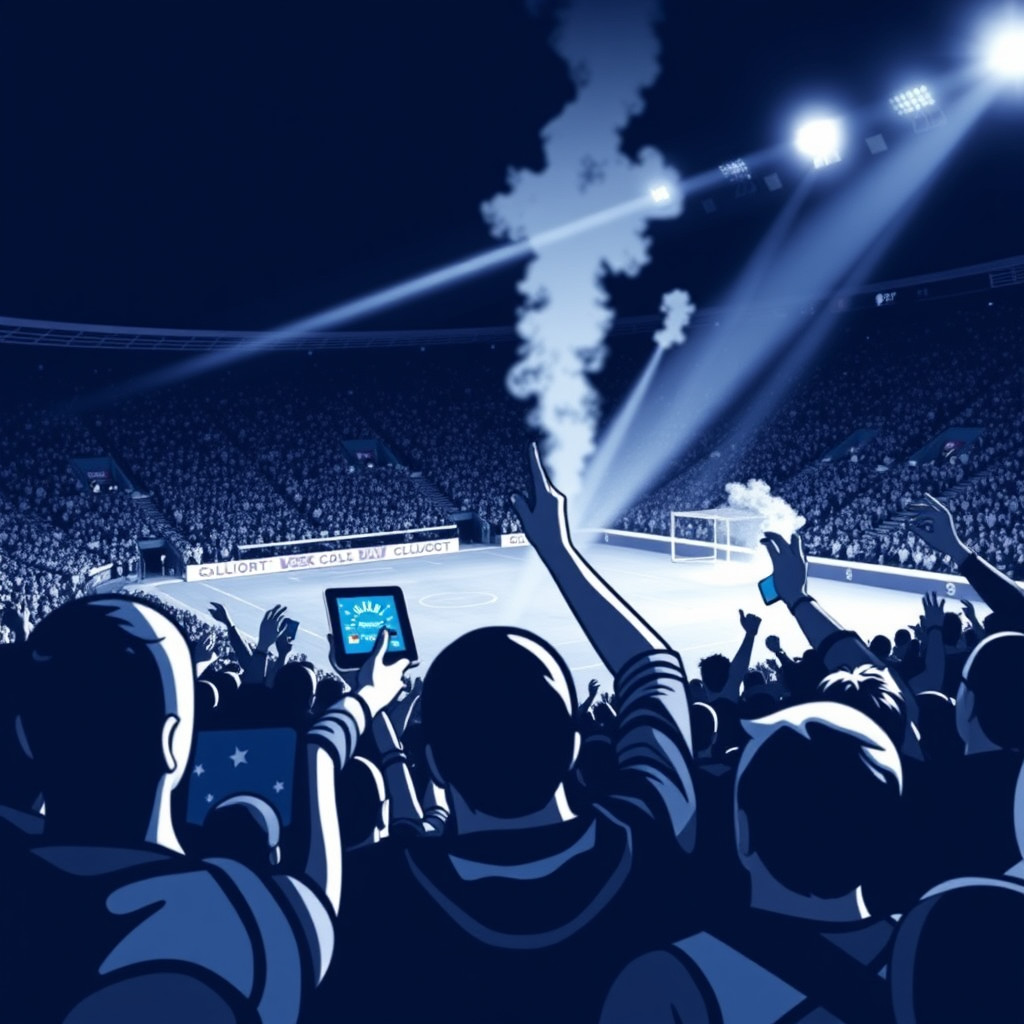Introduction: The Heart and Soul of Football
Supporter groups are far more than mere fans. They are the living, breathing cultural heartbeat of football, transforming the sport from a simple game into a profound social phenomenon. These groups represent more than allegiance to a team – they embody complex social identities, community values, and historical narratives.
The Delije: Red Star Belgrade’s Passionate Warriors
Historical Context
Founded in the early 1980s, the Delije (meaning “heroes”) represent more than a supporter group. They emerged during the complex political landscape of Yugoslavia, becoming a powerful social force that transcended football.
Key Characteristics:
- Originated from Belgrade’s urban youth culture
- Developed strong political and social consciousness
- Represented Serbian national identity
- Became a significant cultural movement beyond football
Liverpool’s Kop: A Legacy of Passion and Unity
More Than Just Support
The Kop at Anfield is perhaps the most famous supporter section in world football. Its origins date back to the 1960s, representing working-class Liverpool’s spirit of resilience and community.
Unique Features:
- Known for synchronized singing
- Developed complex support choreography
- Strong sense of social solidarity
- Influential in shaping football supporter culture globally
Napoli’s Ultras: Southern Italian Pride
Cultural Significance
Naples’ supporter groups represent more than football fandom. They embody the city’s complex social dynamics, regional pride, and resistance to northern Italian stereotypes.
Notable Aspects:
- Strong working-class roots
- Developed sophisticated visual and musical support techniques
- Deep connection to local community
- Challenging social and economic narratives
Partizan’s Grobari: Belgrade’s Passionate Supporters
A Story of Resilience
Emerging from Belgrade’s turbulent political landscape, the Grobari (meaning “gravediggers”) represent a unique blend of football passion and social resistance.
Key Elements:
- Developed during Yugoslavia’s complex political era
- Strong artistic and cultural expressions
- Sophisticated choreography and support techniques
- Representation of youth cultural movements
Common Characteristics of Legendary Supporter Groups
Social Impact Beyond Football
- Community organization
- Cultural preservation
- Social networking
- Alternative political expression
- Youth empowerment
Supporter Groups as Social Movements
Broader Implications
- Challenge existing social structures
- Create alternative community spaces
- Provide social belonging
- Develop unique cultural languages
Challenges and Controversies
Navigating Complex Landscapes
- Managing internal group dynamics
- Dealing with institutional restrictions
- Balancing passion with social responsibility
- Avoiding potential negative stereotypes
The Future of Supporter Culture
Emerging Trends
- Digital community building
- Global interconnectedness
- More inclusive supporter practices
- Increased focus on social responsibility
Conclusion: Living Cultural Institutions
Supporter groups are not mere fan clubs. They are living, breathing cultural institutions that capture the complex social dynamics of modern communities. They represent hope, resistance, passion, and the profound human need for belonging.
Football is their canvas, but their art extends far beyond the pitch.




